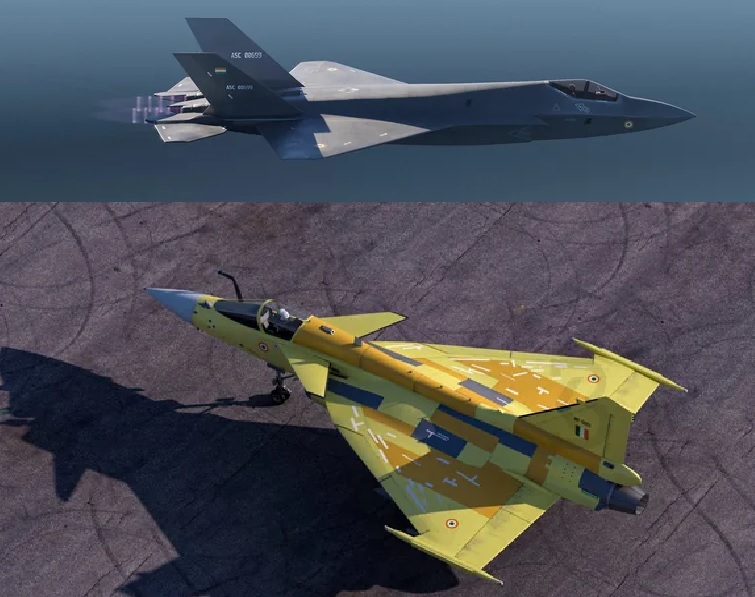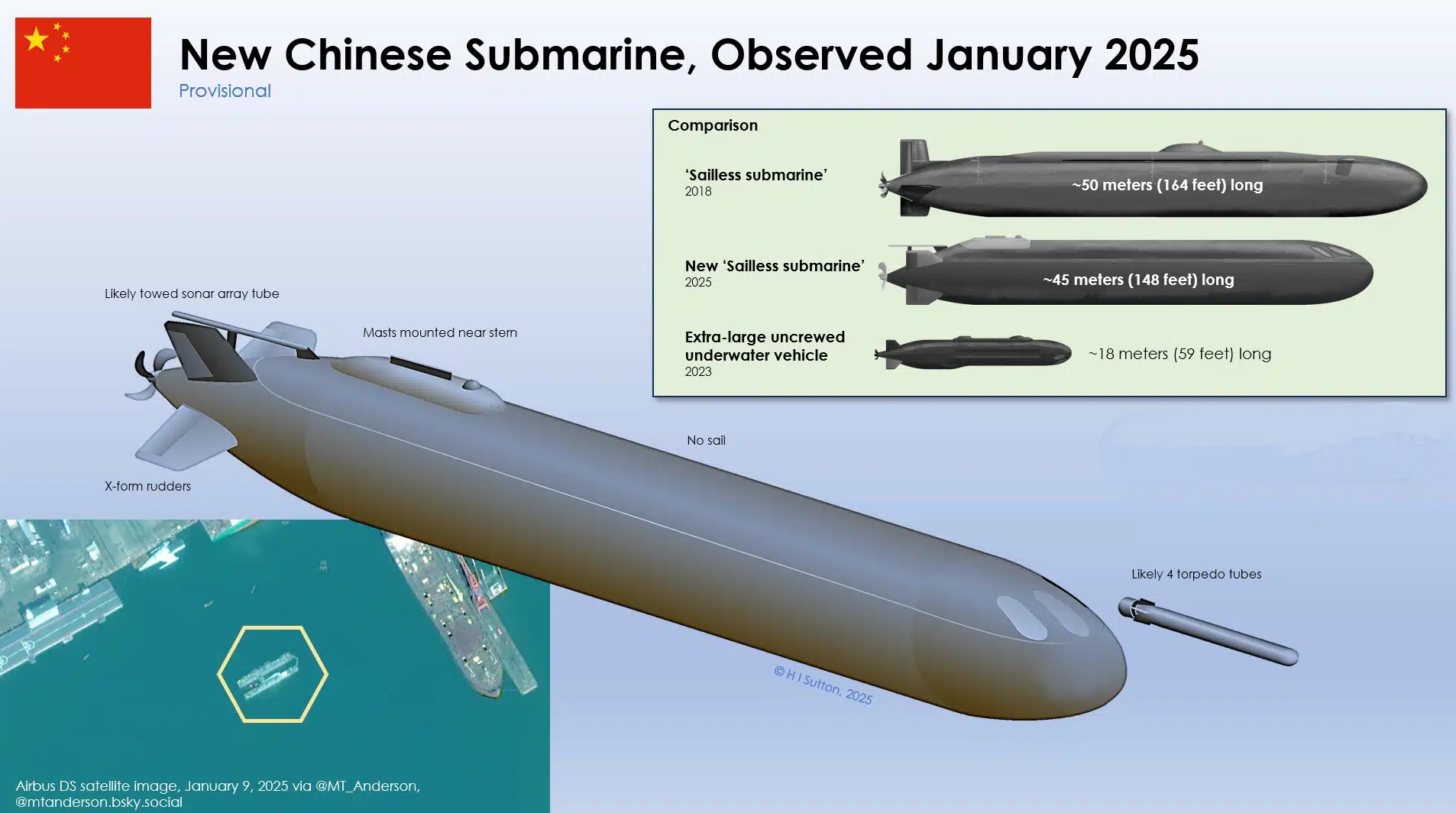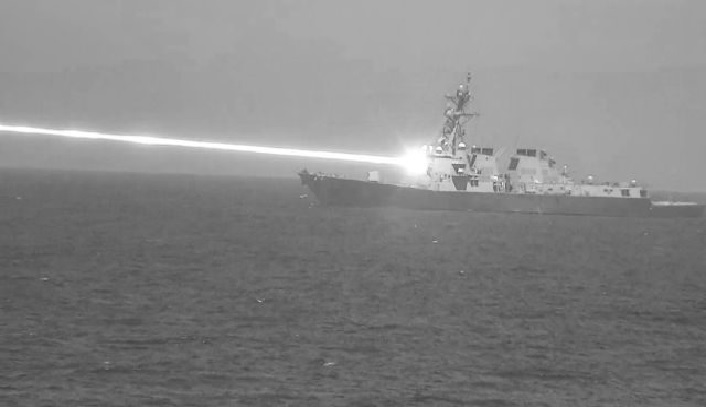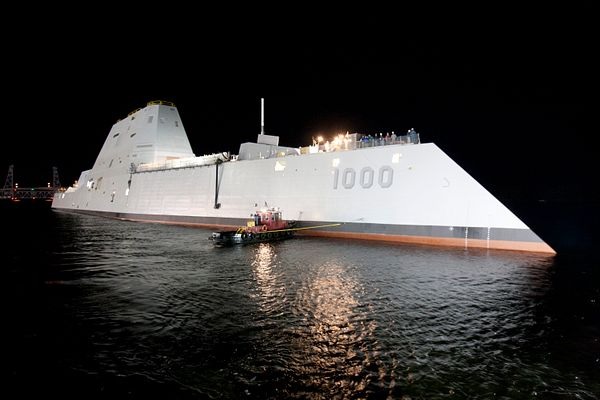The Necessity of 4.5-Generation Fighter Jets Like Tejas Mk2 in a 5th-Generation Dominated Battlefield

Modern warfare is an evolving theater of advanced technology, strategic precision, and multi-layered defense systems. With the rise of 5th-generation fighter jets, such as the upcoming AMCA (Advanced Medium Combat Aircraft), many question the relevance of 4.5-generation fighters like the Tejas Mk2. However, both classes of aircraft have distinct roles and attributes that make them complementary rather than mutually exclusive on the battlefield.
The Role of 4.5-Generation Fighters
4.5-generation fighter jets are advanced derivatives of 4th-generation platforms, upgraded with modern avionics, weapons systems, and enhanced capabilities like partial stealth, better sensors, and networked operations. The Tejas Mk2, for example, represents a significant leap from its predecessor with a larger payload capacity, increased range, and sophisticated radar systems. These attributes make it an essential asset in various operational scenarios:
-
Cost-Effective Multirole Operations:
- 4.5-generation jets are less expensive to develop, acquire, and operate compared to their 5th-generation counterparts. This cost-effectiveness allows nations to maintain a larger fleet, ensuring better coverage across multiple theaters of war.
-
Versatility in Diverse Combat Roles:
- Aircraft like the Tejas Mk2 excel in multirole missions, including air superiority, ground attack, and reconnaissance. While 5th-generation jets focus heavily on stealth and cutting-edge technology, 4.5-generation jets offer adaptability and can operate effectively in high-intensity and low-intensity conflicts.
-
Ease of Maintenance and Deployment:
- Compared to the intricate maintenance demands of stealthy 5th-generation jets, 4.5-generation fighters are easier to sustain in operational conditions, making them reliable workhorses during prolonged engagements.
-
Complementary Role in Mixed Fleets:
- Mixed fleets combining 4.5 and 5th-generation jets create a layered approach to air superiority. While the 5th-gen AMCA can penetrate contested airspace using stealth to neutralize high-value targets, the Tejas Mk2 can perform broader missions, including secondary strikes, close air support, and defense of key assets.
The Strengths of 5th-Generation Fighters
5th-generation aircraft like the AMCA bring a suite of groundbreaking technologies that make them indispensable in modern air combat. Features such as full stealth, advanced sensors, data fusion, and network-centric warfare capabilities enable them to operate in heavily contested environments and conduct missions that 4.5-generation jets cannot.
Their ability to dominate in environments with advanced anti-air systems, achieve information superiority, and conduct precision strikes from safe distances gives them a clear advantage. However, the cost and complexity of 5th-generation fighters mean they are better suited for high-priority and specialized missions.
Why Both Are Essential
-
Balanced Force Structure:
- Relying solely on 5th-generation fighters is neither practical nor economical for most nations. 4.5-generation jets fill the gap by ensuring numerical strength and operational flexibility.
-
Redundancy and Resilience:
- In large-scale conflicts, having a diverse fleet reduces the risk of capability gaps. While 5th-generation fighters can be deployed for high-stakes missions, 4.5-generation jets like the Tejas Mk2 provide a robust second line of defense.
-
Adaptation to Mission Needs:
- Every mission does not demand stealth or cutting-edge technology. For roles like air policing, border patrol, and close air support, 4.5-generation fighters are more than adequate, allowing 5th-generation jets to be reserved for strategic operations.
-
Gradual Transition to Advanced Technology:
- 4.5-generation jets act as a bridge to 5th-generation capabilities. Pilots trained on platforms like the Tejas Mk2 gain foundational experience, preparing them for the more advanced systems of jets like the AMCA.
The Case for Tejas Mk2 and AMCA
India’s defense strategy demonstrates the value of both 4.5 and 5th-generation aircraft. The Tejas Mk2, with its enhanced capabilities, will be a versatile and cost-effective platform for a wide range of missions. Its modern avionics, increased range, and payload capacity make it an ideal choice for day-to-day operations and support roles in complex scenarios.
Meanwhile, the AMCA will serve as India’s cutting-edge solution for countering adversaries with advanced air defense systems. Its stealth and next-gen features will enable it to achieve air superiority in contested environments. Together, the Tejas Mk2 and AMCA will provide the Indian Air Force with a comprehensive, adaptable, and resilient force structure.
Conclusion
In modern warfare, diversity in capabilities is key. While 5th-generation fighters like the AMCA represent the future of air combat, 4.5-generation jets like the Tejas Mk2 ensure operational flexibility, cost-effectiveness, and numerical strength. The two generations complement each other, enabling nations to maintain air superiority across various scenarios. The Tejas Mk2’s relevance lies in its ability to balance affordability and capability, ensuring it remains a vital asset alongside the technological marvel of 5th-generation aircraft.



